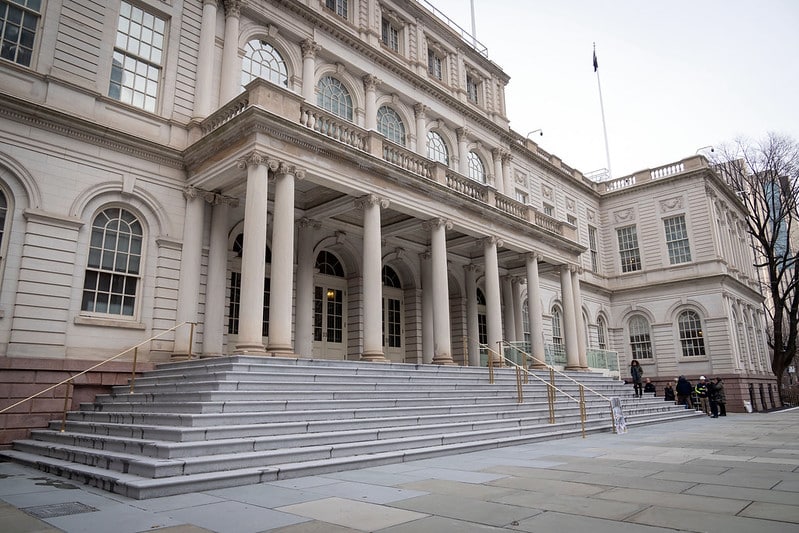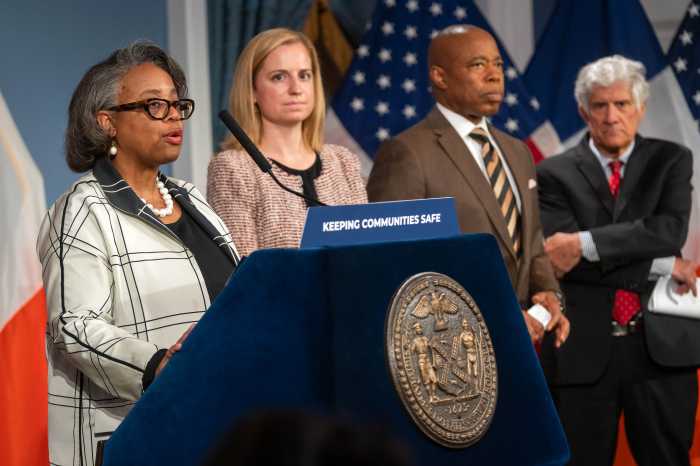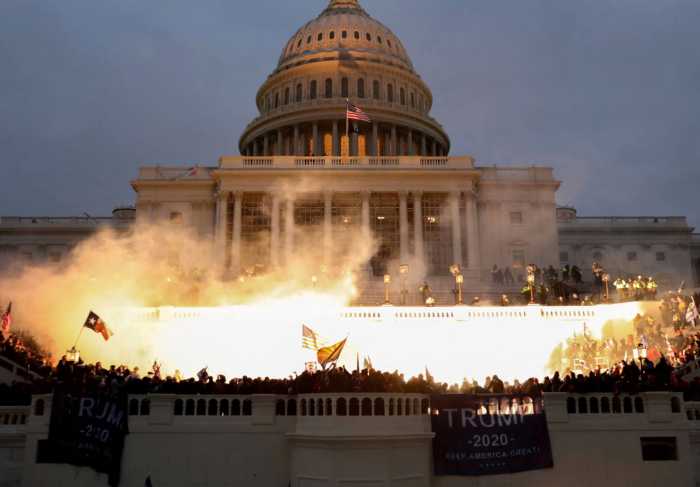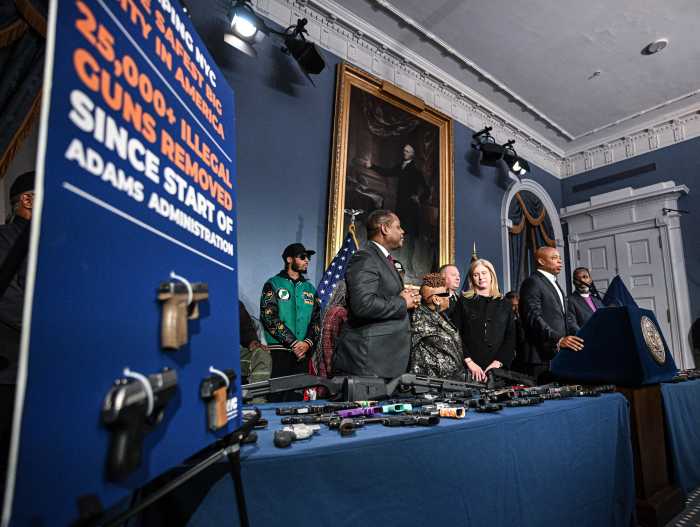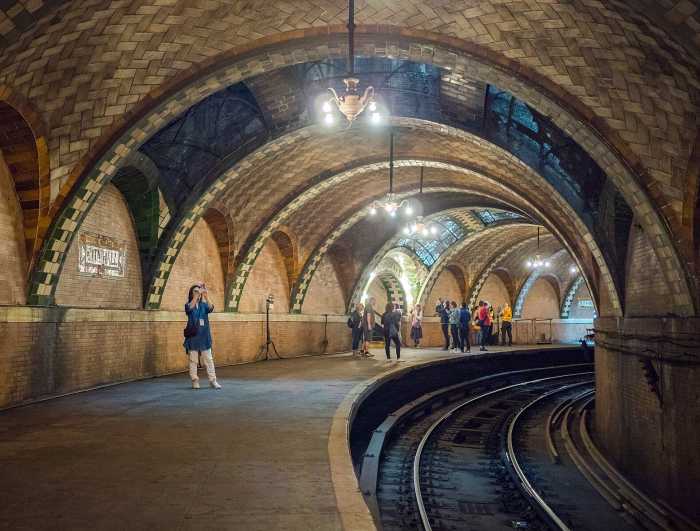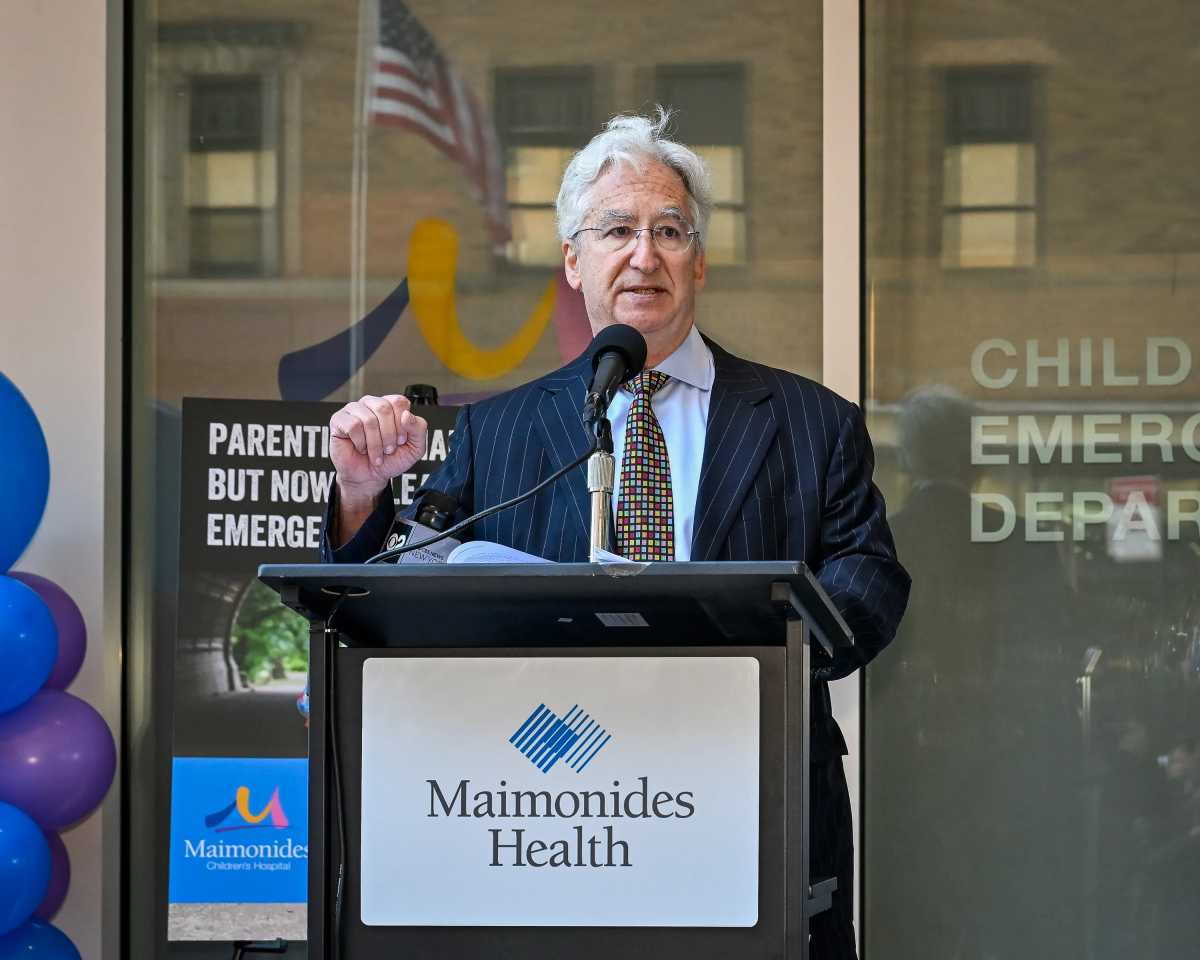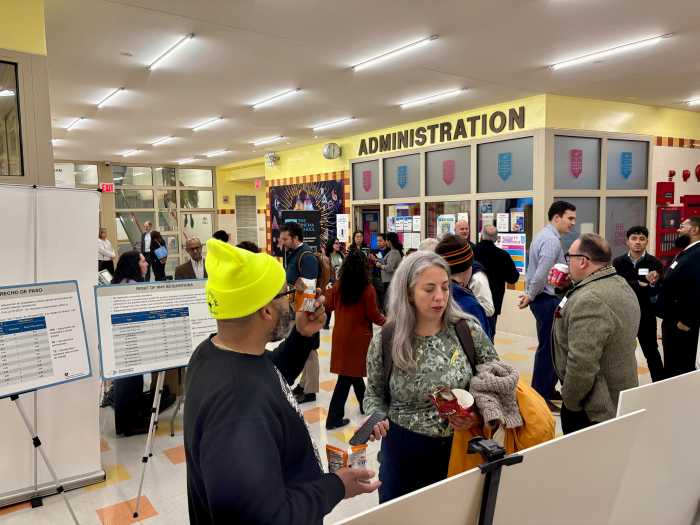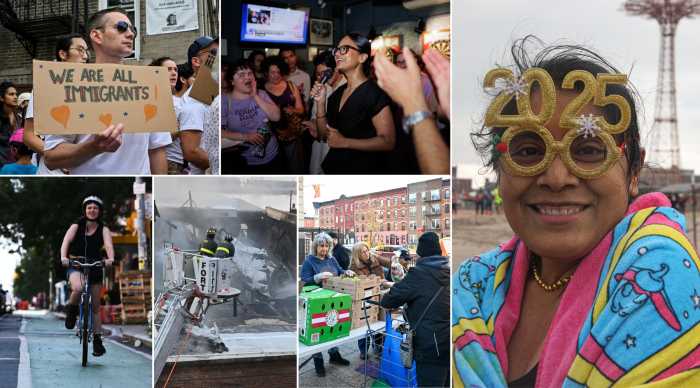Over the past two decades, the 51-member New York City Council has been reshaped by internal changes and external events, leaving it far younger, and more diverse and progressive than it was in 2003.
As part of amNewYork Metro’s 20th anniversary coverage, we’re taking a closer look at the City Council’s evolution over the past two decades, which has been chronicled in our past issues.
The council is the city’s legislature, which crafts laws, negotiates the municipal budget with the mayor, conducts oversight of city agencies and makes key land use decisions.
Over the past 20 years, the council has almost completely turned over — with the exception of a couple of members who served in the 2000s and came back after holding other offices.
During that time, the body has had five different speakers: Gifford Miller, Christine Quinn, Melissa Mark-Viverito, Corey Johnson and now Adrienne Adams. It has also contended with three mayors: Michael Bloomberg, Bill de Blasio and currently Eric Adams.
The council has also witnessed a fair share of crises, the aftermath of the Sept 11, 2001 terrorist attacks, the 2008 financial collapse, Hurricane Sandy and the COVID-19 pandemic.
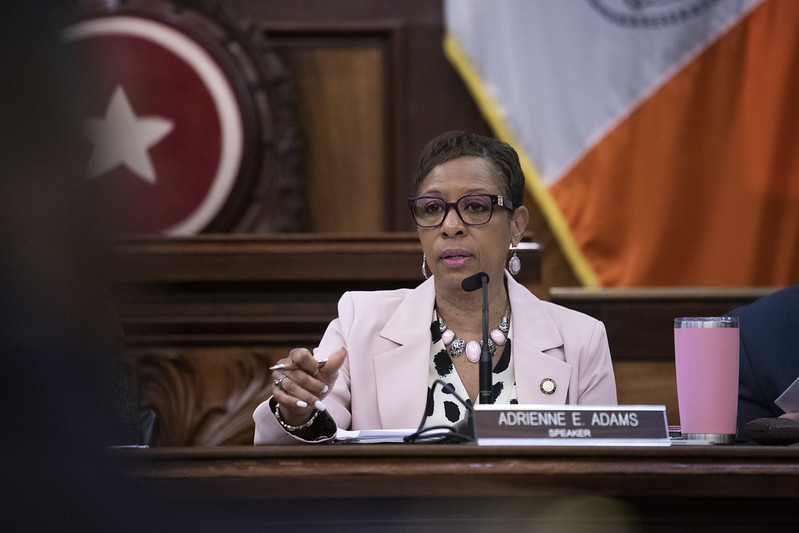
Demographic and political change
The City Council has become more diverse, both racially and across genders, and younger since 2003, according to longtime members and observers.
“The council has gotten more diverse, from a gender perspective, never as diverse as it is now,” said Quinn, who was the first woman elected as council speaker.
The current council has a 31-member women majority, which was first elected in 2021. It also has its first Black woman speaker in Adrienne Adams, who was elevated to the post in 2022.
Quinn credited that particular change to “really good community, grassroots organizing with some of the different not-for-profits out there, who really focused on the council races and electing women.”
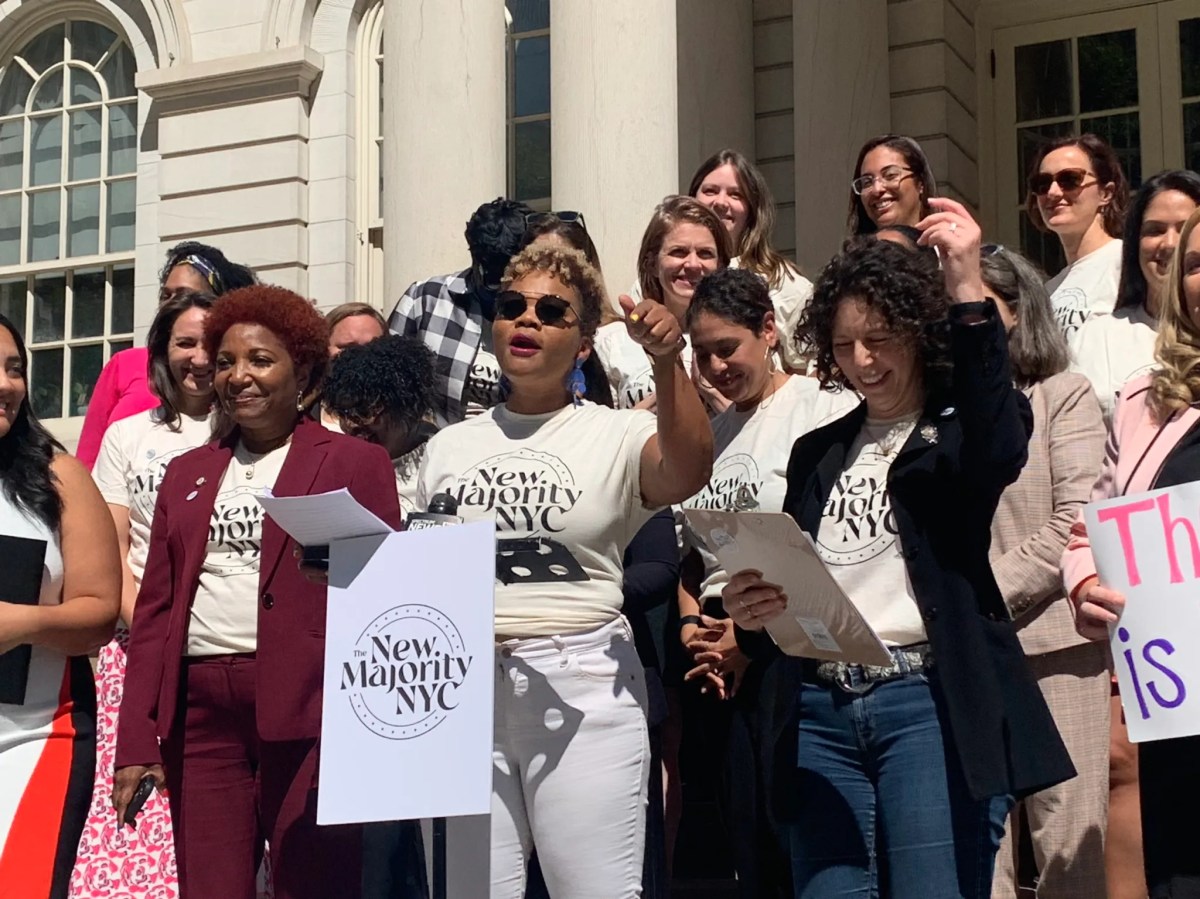
One of those nonprofits is the New Majority NYC, formerly known as 21 In 21, which worked to get at least 21 women elected to the city’s legislature in 2021. The organization far exceeded its goal that year and retained the same majority in the subsequent election cycle last year.
The council has also gotten younger over the past 20 years, according to Council Member Gale Brewer (D-Manhattan) — who served in the 2000s, left to spend eight years as Manhattan borough president and returned to the body for a third and final term in 2021.
The council’s youthful trajectory has been in motion since at least 2010, a 2023 analysis by City & State New York found. With each new council, the number of members ages 30 through 44 either stayed the same or increased and those aged 45 through 69 either stayed stagnant or decreased, the report found.
Brewer, who is in her early 70s, characterized the council having more young members as a net positive.
“It’s exciting to have people having babies, young families,” she said. “It’s good to have that voice, trying to balance family and work.”
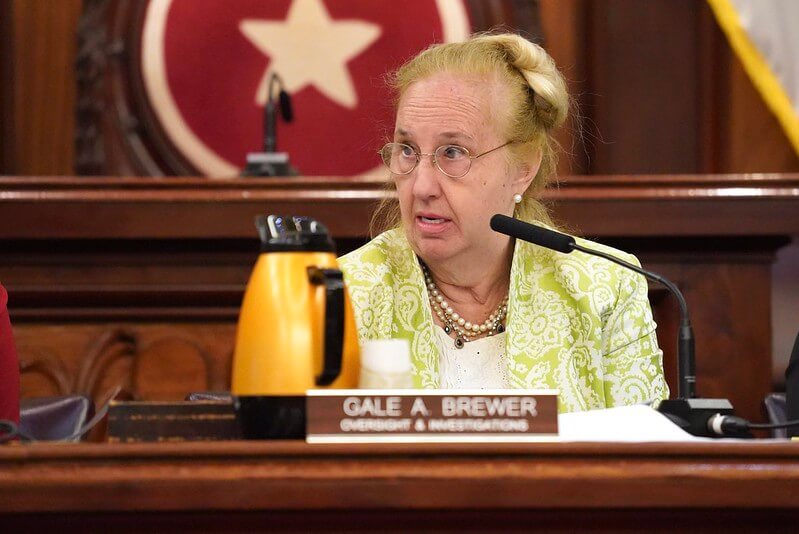
But Brewer noted that the younger direction of the council also means many members are coming in with far less prior government experience than the mostly older members who made up the body when she first joined in 2002.
Mitchell Moss, a professor of urban policy and planning at New York University, said the council has also moved leftward on the political spectrum over the past 20 years.
“They’re strong advocates for the low-income groups, certainly very strong advocates for affordable housing and now for immigrants,” Moss said.
Basil Smikle, a former Democratic strategist who now leads Hunter College’s Public Policy Program, said today’s council is also more emboldened to act as a check on the mayor than previous iterations of the body had been. The council’s relatively newfound courage to challenge the mayor has led to a contentious relationship between the mostly progressive body and Mayor Adams, who is politically moderate.
Smikle added that developments in technology over the past few years have also strengthened the council’s ability to hold the administration accountable.
“Over the last 10 years at least, but certainly within the last five or six years, the council has had more tools at their disposal to the administration and city agencies more accountable,” Smikle said. “They’ve been pushing for more transparency. There are tools they have now that they may not have had 20 years ago.”
Vehicles for change
Quinn, who represented part of Manhattan’s west side between 1999 and 2013, said the council has partially been reshaped over the past two decades as the effect of term limits have set in.
Term limits were enacted via a 1996 City Charter revision after city voters twice approved the measure in ballot referendums. The revision capped time in office for council members as well as the mayor and other citywide offices to two four-year terms.
The change cleared out many of the longtime lawmakers who had been in office when the charter revision was passed, according to Brewer, including members who had served for as long as 20 years.
But the effects of the term limits were delayed in large part because the council voted to give former Mayor Michael Bloomberg and themselves a third term in 2008. Those newly elected in 2009 and 2010 were also still able to benefit from a third term, due to a carve-out to a ballot referendum passed that year, which once again limited council members to two four-year terms.
Most of the members who benefited from that carve-out finally saw their time in the council run out at the end of 2021.
Quinn said the effect of term limits is far more noticeable now than it was in the early 2000s.
“The impact of term limits has kind of more set in now than it did earlier on, because you still had people who were there for longer than eight years and had more tenure, just because of the way the referendum went into place,” Quinn said. “So I think you see that impact, more people coming and going, then there were in the early 2000s.”
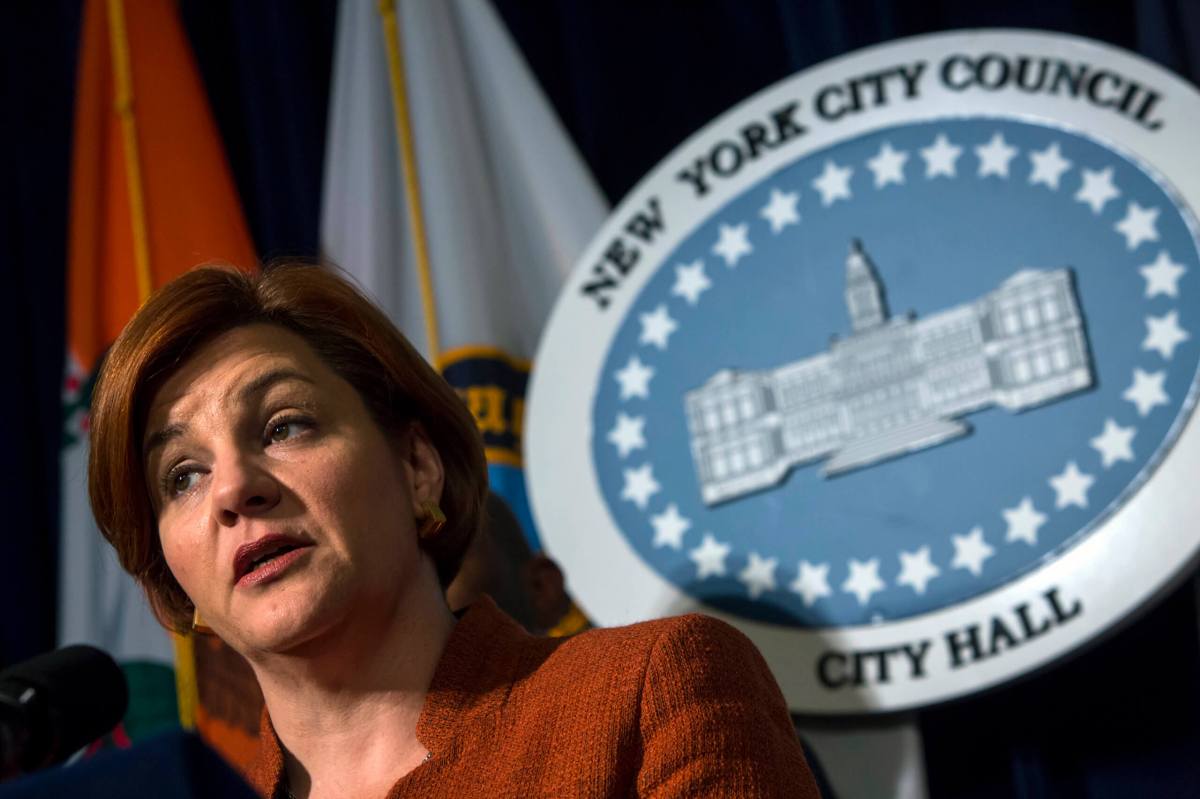
Moss pointed to the city’s generous campaign financing system, which multiplies candidates’ private donations with public dollars, as yet another key catalyst for change in the council. The program was reformed in 2018 and 2019, through another City Charter revision, to expand the matching rate on contributions from city residents to $8 of public funds for every $1 private contribution.
That generous rate, Moss said, combined with term limits, has opened the door for many younger, more diverse candidates with no political background to mount successful City Council bids over the past few years.
“Campaign finance has allowed people to run for office using small donations and getting a high multiplier,” Moss said. “This has allowed individuals to run without even having wealthy friends, wealthy supporters.”
Furthermore, Moss said the COVID-19 pandemic’s devastating impact on the city also encouraged many political novices to run for City Council.
Another factor that has changed the makeup of the council, Smikle said, is the weakening of the Democratic Party machines that once controlled all of politics in the five boroughs. The machines’ diminishing power has allowed progressive political organizations like the Working Families Party and the Democratic Socialists of America (DSA) to gain significant inlfuence.
“There’s a lot more opportunity for insurgents or challengers to party-backed candidates, [they are] not only able to mount strong campaigns but also win,” Smikle said.



